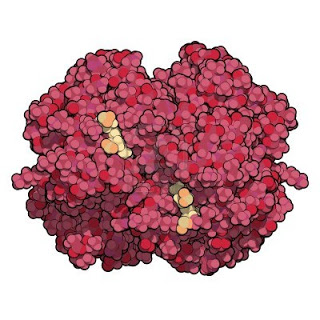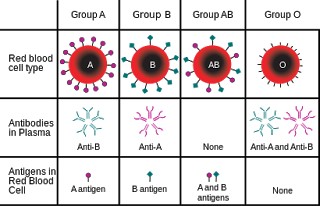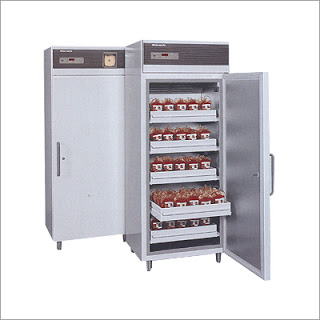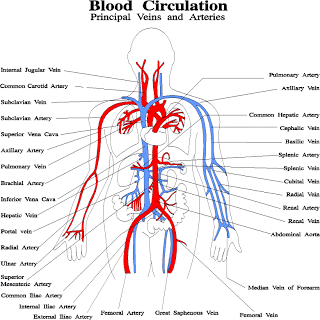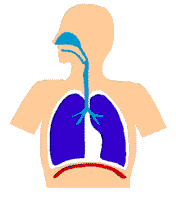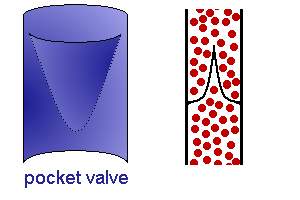BLOOD
Composition of blood: Blood is made up of a fluid called plasma (60%) and a great number of blood cells called corpuscles (40%). The plasma consists of 90% water , proteins and inorganic salts. Organic substances such as glucose, amino acids ,fats , urea, hormones and enzymes occur in plasma. The corpuscles are of two types, red and white .
Red corpuscles are produced in the spleen. They form the majority of blood corpuscles. They contain a protein pigment called haemoglobin which gives the colour to the corpuscles. It also has iron.
White corpuscles are much less in number than red corpuscles. These are of different types , some of which eat up disease germs which may enter the blood.
Read Also: BLOOD CIRCULATION
Haemoglobin
It is a protein pigment contained by RCB`s, giving them a red colour. Haemoglobin carries out a respiratory function. It combines loosely with oxygen to form oxyhaemoglobin which transfers to the tissues where it breaks up into the haemoglobin and oxygen.
Blood group
It is the grouping of the people whose blood may be mixed without clumping of blood corpuscles. A,B, AB AND O are the four main blood group.
Blood bank
It is a reservoir of blood maintained in hospitals for transfusing it into the body of patients.
Must Read: The Skeletal System: Guards of the Body
Blood circulation
The human heart is responsible for the circulation of blood. Auricles and ventricles of the heart contract and relax alternately. The right auricle receives impure blood from a large vein and the left auricles receive the pure blood from the lungs. Both kinds of blood are forced into two ventricles by the contracting of two auricles. Now, the two ventricles contract (systole) , valves close the opening between the auricles and ventricles, hence, no blood can go back into the auricles. Thus, the pure blood from left ventricle goes into a large aorta and the impure blood from the right ventricles goes into the pulmonary artery .
The aorta takes blood to various part of the body and pulmonary artery to the lungs. The contractions of ventricles are called heart beat.
Lungs
In lungs, the blood is purified. The blood coming into the lungs is impure and contains too much of carbon dioxide. Some of the oxygen in the air passes into the blood and some of the carbon dioxide is given to the blood in the bag. The oxygen is taken by the blood all over the body.
Veins
Veins are provided with valves and contain blood flowing towards the heart. The backwards flow of the blood by the pulsation of the heart is checked by these valves.
Don’t Miss:



